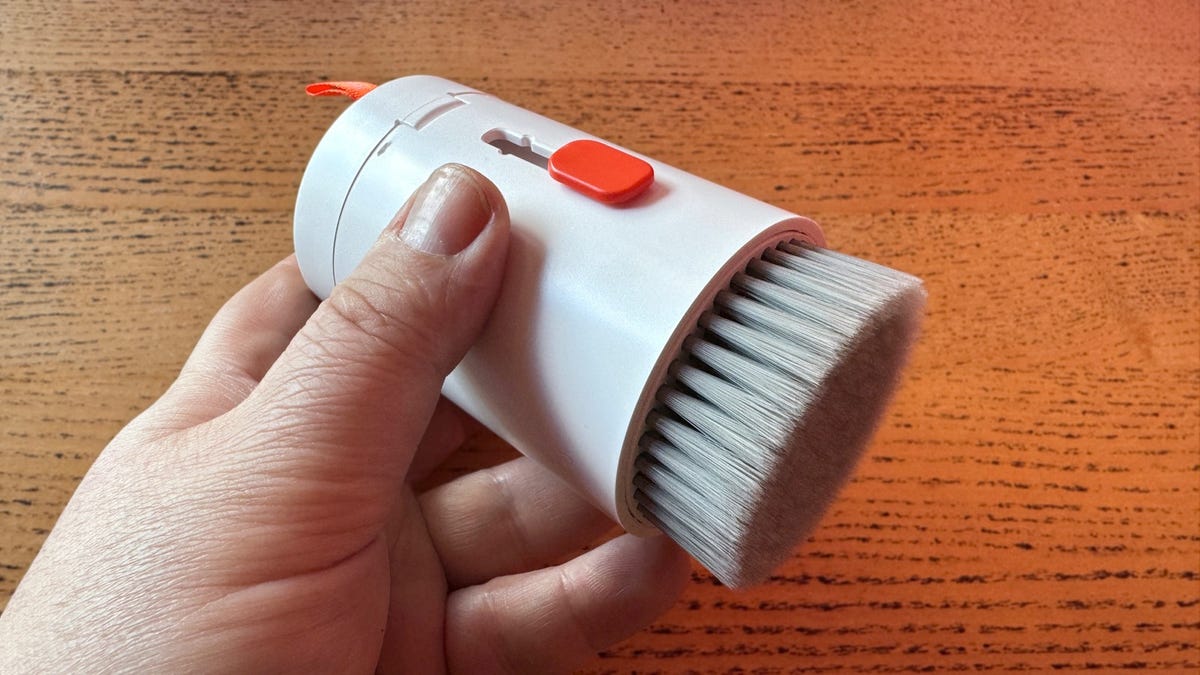BOOK THIS SPACE FOR AD
ARTICLE ADWhat's the deal?
For Black Friday, a four-unit pack of the Chipolo ONE Point trackers has been reduced to $79 on the manufacturer's website, and that includes free shipping. Also, the Chipolo Point Bundle, which consists of two ONE Point trackers and a single CARD Point, is on sale for $77.
Also: The best Black Friday deals live now
ZDNET's key takeaways
The Chipolo One Point and Card Point are available starting at $28.They're highly accurate, robust, and integrate well into the Google ecosystem.However, the One is only splashproof, and the Card version has a non-user-replaceable battery.AirTags are one of the things that have set the Apple ecosystem apart from the Android ecosystem. But now that Google has rolled out its Find My Device network, the Android ecosystem is catching up.
And spearheading that is Slovenia-based tech company Chipolo, a company that's been in the finder tag market (the company uses the word "finder" rather than "tracker") for over a decade, and it has now released two tags exclusively for Android users -- the One Point fob for keys and the Card Point for wallets and bags.
Also: Google finally launches its Find My Device network. Here are the Android models that support it
The One Point is a fob that fits on a keyring or anything else you can think of attaching a fob to -- from your pet to your bike. It measures 1.49in/37.9mm and is 0.25in/6.4mm thin, and it is splashproof to IPX5 standard.
Powering the tiny fob is a user-replaceable CR2032 lithium coin cell that should last about a year.
User-replaceable battery gives the Chipolo One Point longevity.
As far as range, the fob is good to about 200ft/60m if you want to activate it to play a sound.
Chipolo Card Point
The Card Point is a thin plastic finder that measures 3.35 x 2.11in/85.1 x 53.6 mm and is only 0.09in/2.4mm thick -- about three times the thickness of a credit card.
Like the One Point, the Card Point is splashproof to IPX5 standard and has a sound activation range of 200ft/60m, but unlike the One Point fob, the Card Point doesn't have a user-replaceable battery. This may feel like a downside, but it's a necessary compromise to have a card that is this thin.
Also: The best Bluetooth trackers of 2024: Expert tested
Also, as a sweetener, owners who register their finder with Chipolo after adding it to the Google Find My Device app will get an email with a 50% discount code for a new finder in two years, and users will be able to send the old finder back for recycling free of charge.
Everything about the Chipolo finders is easy, from the one-tap setup to the loud 105dB speaker that can be heard over the hustle and bustle of the world.
Setting up the Chipolo finders is easy -- squeeze the tag to get the process started!
I've tested the finding capability of these Chipolo finders and they are super accurate, with the ability to locate the tags when at a distance -- such as hidden in a plant pot on a street or when stuffed down the back of a couch.
They're like AirTags but for Android users.
However, there's only so much testing I can do, so in an effort to get better and longer testing, I've handed the tags to someone who has a habit of misplacing, well, pretty much everything. This will give these tags a hardcore real-world test, and if anything new is uncovered, I'll be sure to update this review.
ZDNET's buying advice
If you're an Android user who has been jealous of iPhone users having AirTags, this is your chance to bring that feeling to an end!
The Chipolo One Point is priced at $28 for a single tag, while the Chipolo Card Point is $35 for a single card.
.png)
 4 months ago
82
4 months ago
82 















 Bengali (Bangladesh) ·
Bengali (Bangladesh) ·  English (United States) ·
English (United States) ·